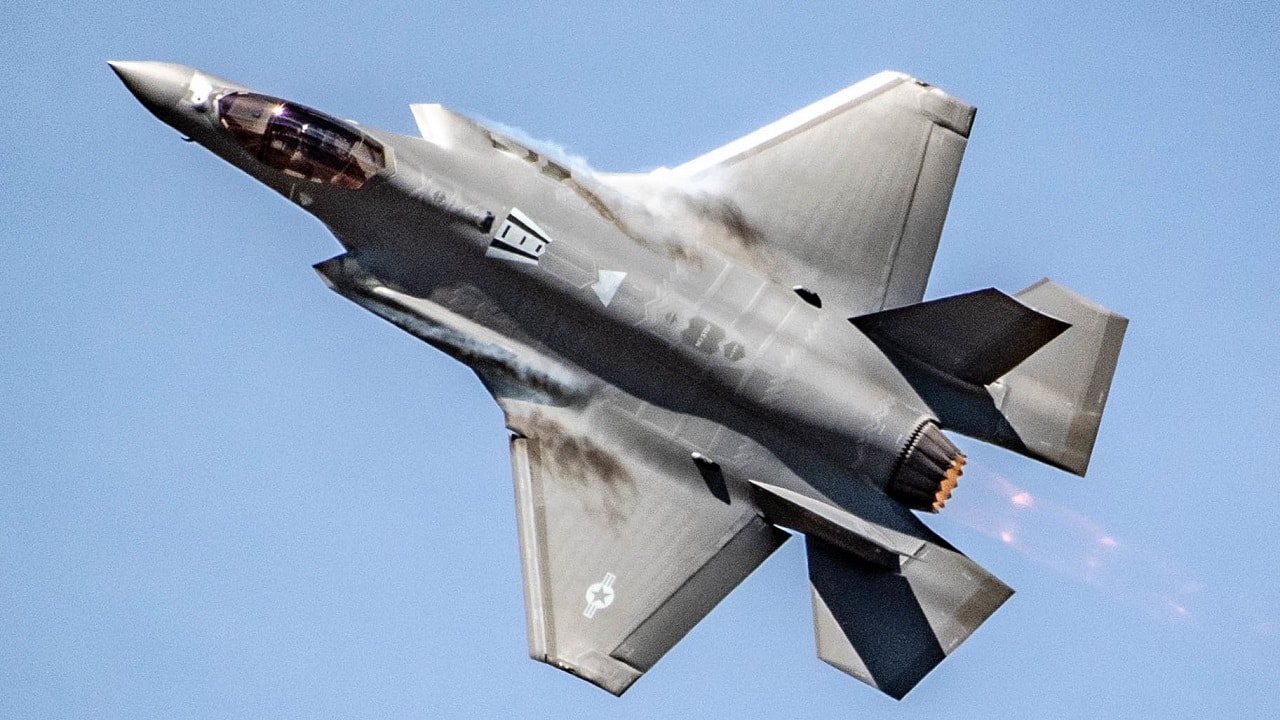Earlier this week, a Pentagon spokesperson confirmed that the U.S. military would be sending fighter jets and a Navy destroyer to the Gulf following Iran’s increasingly hostile behavior in the Strait of Hormuz.
In addition to the destroyer USS Thomas Hudner, F-35 Lightning II and F-16 Fighting Falcon fighters will be deployed to the U.S. Central Command (CENTCOM) area of responsibility “to defend U.S. interests and safeguard freedom of navigation in the region,” according to Pentagon deputy press secretary Sabrina Singh.
In recent months, Iranian forces have provoked American merchant ships in the international waters.
On July 5, the Iranian Navy’s corvette IRINS Bayandor attacked the merchant ship Richard Voyager off the coast of Oman. The U.S. military deployed F-16s and A-10 Thunderbolt II “Warthogs” in the region following this incident. The presence of these airframes is intended to deter Tehran from engaging in further hostilities through the waterway. Located between Oman and Iran, the Strait of Hormuz connects the Persian Gulf with the Gulf of Oman and the Arabian sea. This critical and strategic waterway sees almost a fifth of the globe’s oil consumption pass through it each year. In the past, Tehran has ramped up attacks in the Strait in attempts to demonstrate to the U.S. and others that they are capable and willing to interrupt the flow of oil to upset the global economy.
In June, the U.S. Navy worked with the United Kingdom’s Royal Navy to aid a ship in the Strait of Hormuz following an incident involving Iran’s Revolutionary Guard Corps. (IRGC). The Navy released images of the incident, which depicted three Iranian ships appearing to harass a merchant ship. This provocation and the Richard Voyager attack in July are just the latest brazen acts by Iran in the strategic waterway in recent years. In fact, since 2021, Iran has interfered with more than 15 internationally-flagged merchant vessels, according to the Naval Forces Central Command news release this May.
Iran isn’t the only country attacking U.S. assets in the Middle East
The arrival of F-16 and F-35 fighter jets to the Middle East won’t represent the only new airframe deployment in the region. In June, CENTCOM announced that F-22 Raptors would deploy to the Middle east to aid American and allied airframes following a series of incidents involving Russian aircraft over Syria. In March, armed Russian fighters flew over a U.S. military garrison in Syria on a near daily basis, according to U.S. officials, violating a four-year-old agreement between Moscow and Washington.
Following the onset of Russia’s Ukraine invasion in February 2022, Tehran and Moscow have buddied up. The two rogue allies have leaned on each other amidst the international economic boycotts of both countries.
Iran has been supplying Russian forces with the lethal unmanned aerial vehicles (UAVs) used to fight Ukraine. Many analysts predict Tehran will eventually procure Russia’s Su-35 fighters as reimbursement for the drones.
If the increased presence of F-16s, F-22s and F-35s in the Middle East doesn’t deter both Russia and Iran’s provocations in the region, the Pentagon may have to take further action.
Maya Carlin, a Senior Editor for 19FortyFive, is an analyst with the Center for Security Policy and a former Anna Sobol Levy Fellow at IDC Herzliya in Israel. She has by-lines in many publications, including The National Interest, Jerusalem Post, and Times of Israel. You can follow her on Twitter: @MayaCarlin.
From 19FortyFive
The Marjorie Taylor Greene Disaster Has Arrived

